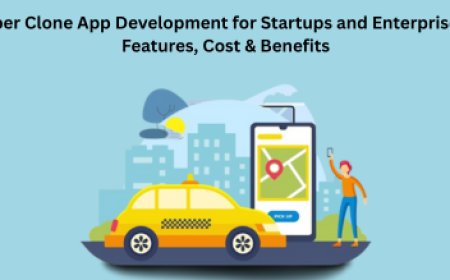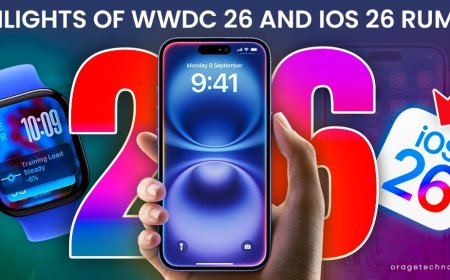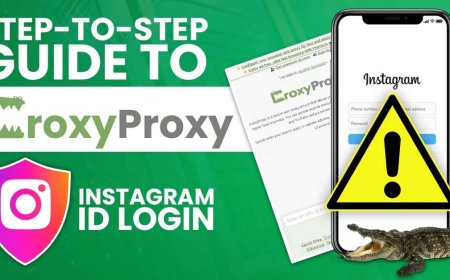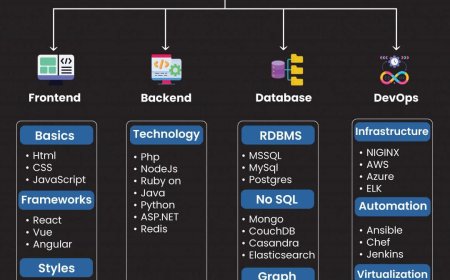Broadcast vs Podcast in the Era of Short-form Content
Explore the dynamic battle of broadcast vs podcast in the age of short-form content. Discover how both formats adapt to evolving audience preferences, technological shifts, and the impact of social media trends that favor quick, engaging content consumption over traditional long-form programming.

The media industry is undergoing a seismic shift. With the explosion of short-form content on platforms like Instagram Reels, TikTok, and YouTube Shorts, the way audiences consume information and entertainment has changed forever. Amidst this transformation, the debate of broadcast vs podcast grows louder. Both formats continue to serve distinct purposes, yet they are being reshaped by the growing preference for fast, digestible, and highly personalized media. While broadcast remains synonymous with traditional television and radio, podcasts offer on-demand, niche content. But how do they stand up in an era dominated by 30-second videos?
Broadcast: The Traditional Powerhouse
Broadcast media has long been the primary medium for delivering news, entertainment, and educational programming. With its deep-rooted infrastructure, scheduled programming, and mass reach, broadcast ruled the media space for decades. Whether through radio waves or television channels, it set the tone for what audiences consumed and when. However, its one-size-fits-all approach and linear structure have started to clash with today's desire for instant gratification.
Despite the growing shift, broadcast still holds considerable influence. Events like the FIFA World Cup, live political debates, and national news bulletins still draw massive viewership. The reliability and authority associated with broadcast platforms provide them a level of trust that newer formats still struggle to match. Yet, their adaptability to the short-form revolution has been slow and somewhat superficial.
Podcast: The Personalized Revolution
Podcasts emerged as a decentralized form of audio storytelling and information sharing, allowing creators to speak directly to niche audiences. Whether its daily news briefings, personal development stories, comedy, or deep-dives into unsolved mysteries, podcasts offer something for everyone. With on-demand access and freedom from broadcast schedules, they fit easily into modern lifestyleswhether during a morning jog or late-night work session.
In the ongoing debate of broadcast vs podcast, podcasts have a unique advantage: intimacy. Listeners often develop personal connections with hosts, as podcasts foster a conversational tone and deeper engagement. They also thrive on flexibility, both in format and duration. While many are traditionally long-form, theres a notable rise in micro-podcastsepisodes as short as 2-3 minuteswhich shows their capacity to adjust to the short-form trend.
The Impact of Short-form Content Culture
The emergence of short-form content has drastically altered how audiences engage with media. Younger generations, especially Gen Z, gravitate towards bite-sized content that delivers value quicklybe it in humor, education, or news. This new attention economy favors creators who can capture interest in under a minute. Naturally, both podcasts and broadcasts have been compelled to adapt.
Broadcast channels have attempted to integrate short-form highlights, teasers, and promo clips across digital platforms. For example, news channels now post 60-second news recaps on Instagram, trying to engage younger audiences who are less likely to tune into a full TV bulletin.
Podcasts, on the other hand, have taken a more organic route. Podcasters frequently share snippets of engaging discussions on platforms like TikTok and Twitter to direct traffic to full episodes. These highlight reels serve as hooks, offering a preview that aligns perfectly with the short-form content trend, often outperforming traditional promotional strategies.
Accessibility and Democratization of Voice
One of the strongest arguments in favor of podcasts in the broadcast vs podcast debate is accessibility. Anyone with a smartphone and basic editing software can start a podcast. This democratization has allowed diverse voices to flourish, bringing in perspectives that mainstream broadcasts have often missed or ignored. Marginalized communities, niche interests, and underrepresented languages have all found a platform through podcasting.
Broadcast, while still dominant, remains gatekept to an extentcontrolled by corporations, regulations, and government bodies. This limits spontaneity and diversity, although it also ensures quality control and editorial integrity, a crucial factor in an age of rampant misinformation.
Monetization and Reach: Different Roads to Success
The monetization models of broadcast and podcast are also evolving. Traditional broadcast relies heavily on advertisements and sponsorships, often tied to viewer ratings and time slots. Despite the changes in consumption habits, brands still invest in television and radio due to their expansive reach and perceived credibility.
Podcasts, however, are tapping into multiple revenue streamsbrand sponsorships, listener donations through platforms like Patreon, and even subscription-based exclusive content. As podcasts cater to more targeted audiences, advertisers find better engagement and higher conversion rates. This has made podcasting a lucrative, albeit fragmented, business opportunity.
Convergence and the Future of Hybrid Media
The future doesn't necessarily spell the end of either format. Instead, we are witnessing convergence. Broadcast networks are launching podcasts to complement their programming, while podcasters are appearing as guests or contributors on traditional TV. Media is becoming platform-agnostic, focusing more on content quality and audience engagement than the medium of delivery.
Short-form content acts as a bridge between the two, helping podcasts and broadcasts reach a wider audience quickly. The challenge lies in maintaining substance and depth in a world increasingly built for speed. Both formats must find a balance between attention-grabbing snippets and meaningful storytelling.
Conclusion: Coexistence in a Rapid Media Age
In the final analysis of broadcast vs podcast, there is no clear winneronly different strengths. Broadcast remains authoritative and far-reaching, ideal for mass communication and real-time updates. Podcasts, with their intimate, flexible nature, resonate more with modern consumers who crave personalization and control.
As short-form content reshapes user behavior, both formats must continue evolving. Success will come not from resisting change, but by embracing itby distilling complex ideas into engaging formats without sacrificing authenticity. In this new era, it's not about which format is superior, but how effectively each can adapt to the pace and preferences of contemporary audiences.
Read Also: How To Improve Public Speaking Skills For Students
































